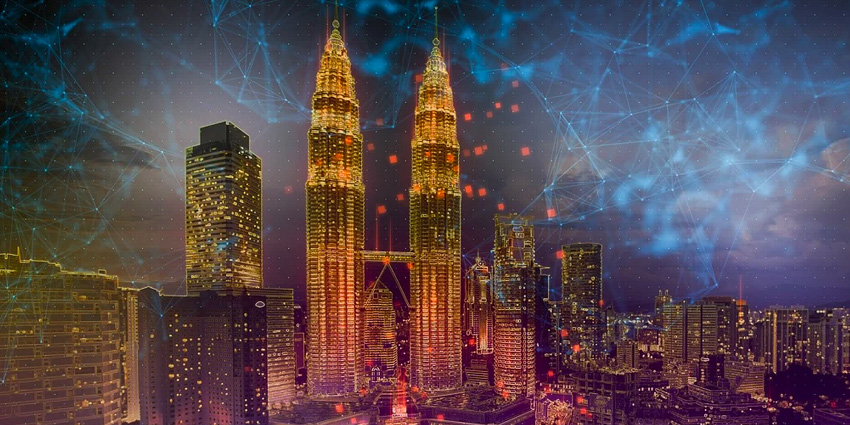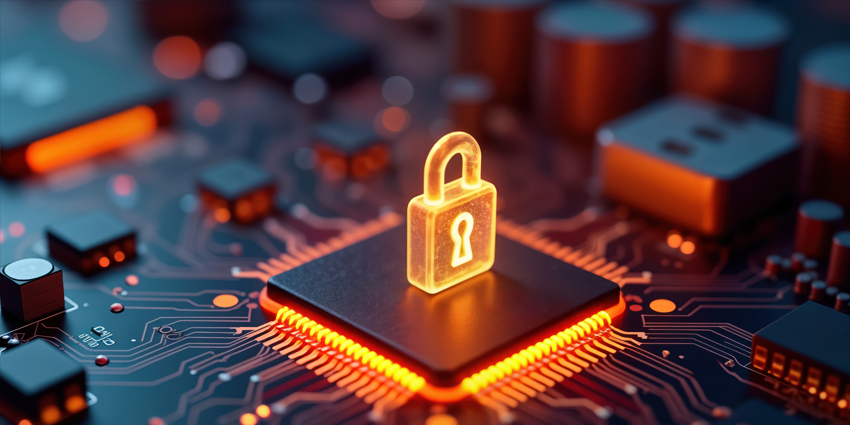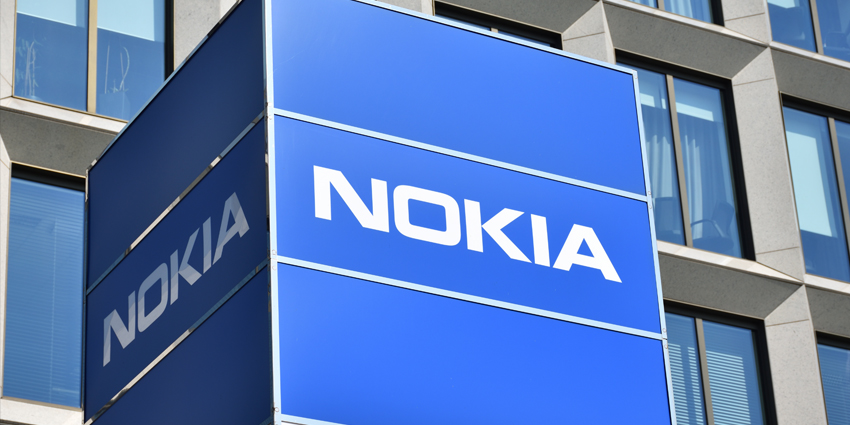Digital twin technology is an increasingly interesting concept in the tech landscape. Connected to the worlds of artificial intelligence, big data, and the Internet of Things, digital twin tech is all about creating digital representations of objects or elements.
Over the years, digital twin technology has evolved to a point where companies can now recreate digital versions of factories, buildings, and even vehicles, like space shuttles and airplanes. According to experts, the idea for this technology first emerged with NASA, which was creating full-scale mockups of some of the early space capsules to mirror and diagnose common problems in orbit.
Today, digital twins are an exciting step forward in the area of IoT, and they could even be a valuable component in the creation of extended reality technology too.
How Do Digital Twins Work?
Digital twins start off as a system built by scientists and experts in data science or applied mathematics. These experts research everything they need to know about the physics of the system they’re going to mimic, then they use that data to develop a digital replica of the model.
The twin should be able to receive input from sensors collecting information around us. This means that the twin can digitally simulate the object instantly, offering insights into things like performance. The twin could also feature insights from prototypes of a previous counterpart, allowing companies to improve the prototype virtually before working on it in-person.
The idea of a digital twin is very useful in the technology landscape. Imagine being able to see how engines, trains, and machinery would work before you ever had to build them. Manufacturing companies can use digital twins to simulate processes and track potential problems. These twins could also be the solutions that lead the way to things like autonomous cars and advanced healthcare tracking tools.
Why Are Digital Twins So Important?
Perhaps the biggest benefit of digital twin technology, is that it allows people to create prototypes of products, or experiment with different technology, without risking the health and safety of employees, or spending huge amounts of money on physical assets. The amount of waste that companies can reduce by using digital twins to test a solution before they build it is astronomical.
Digital twins offer a real-time look at what’s happening with physical assets too, which can make a huge difference to the way that we handle things like maintenance in a business landscape. Chevron introduced digital twin technology for its oil refineries and found that it could save millions of dollars in maintenance costs.
With digital twins, companies can more easily create new versions of products, experiment with different solutions to problems, and save a small fortune on potential maintenance issues. With the addition of things like artificial intelligence and IoT to gather more effective data, it’s possible for digital twin technology to become increasingly more effective over the years.
Digital Twins and Extended Reality
Digital twins could also play a significant part in the extended reality world. Employees could step into a virtual reality environment to work with a project in the form of a digital twin and determine how it works in different circumstances. We could use augmented reality to better understand the inner workings of machinery and vehicles during building processes, or just conduct maintenance checks from a distance using digital twin solutions.
Digital twins could be the next step in creating 3D and highly accurate representations of products and solutions that would otherwise be extremely expensive to create. In the future, all of our innovation could start with a digital twin, AI, and the extended reality landscape.







